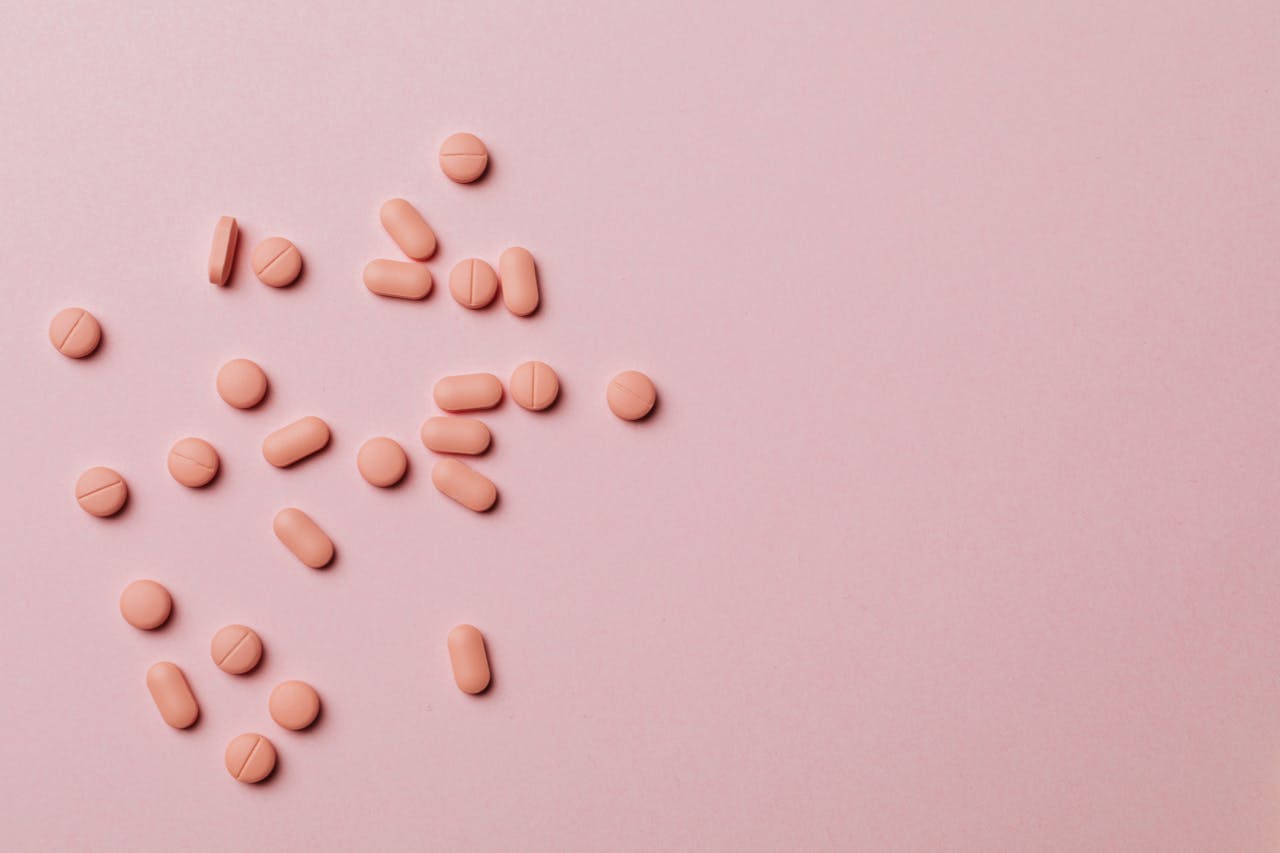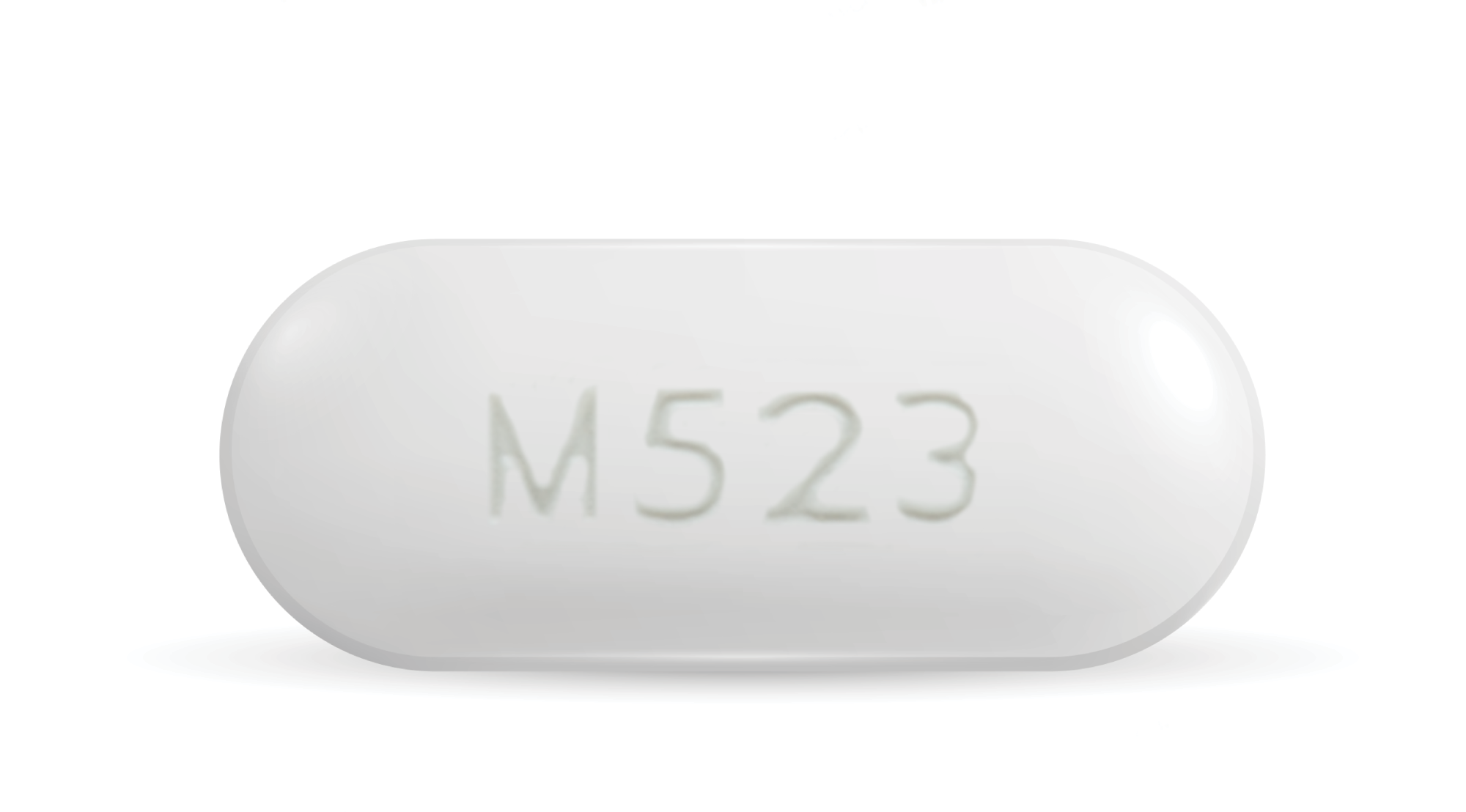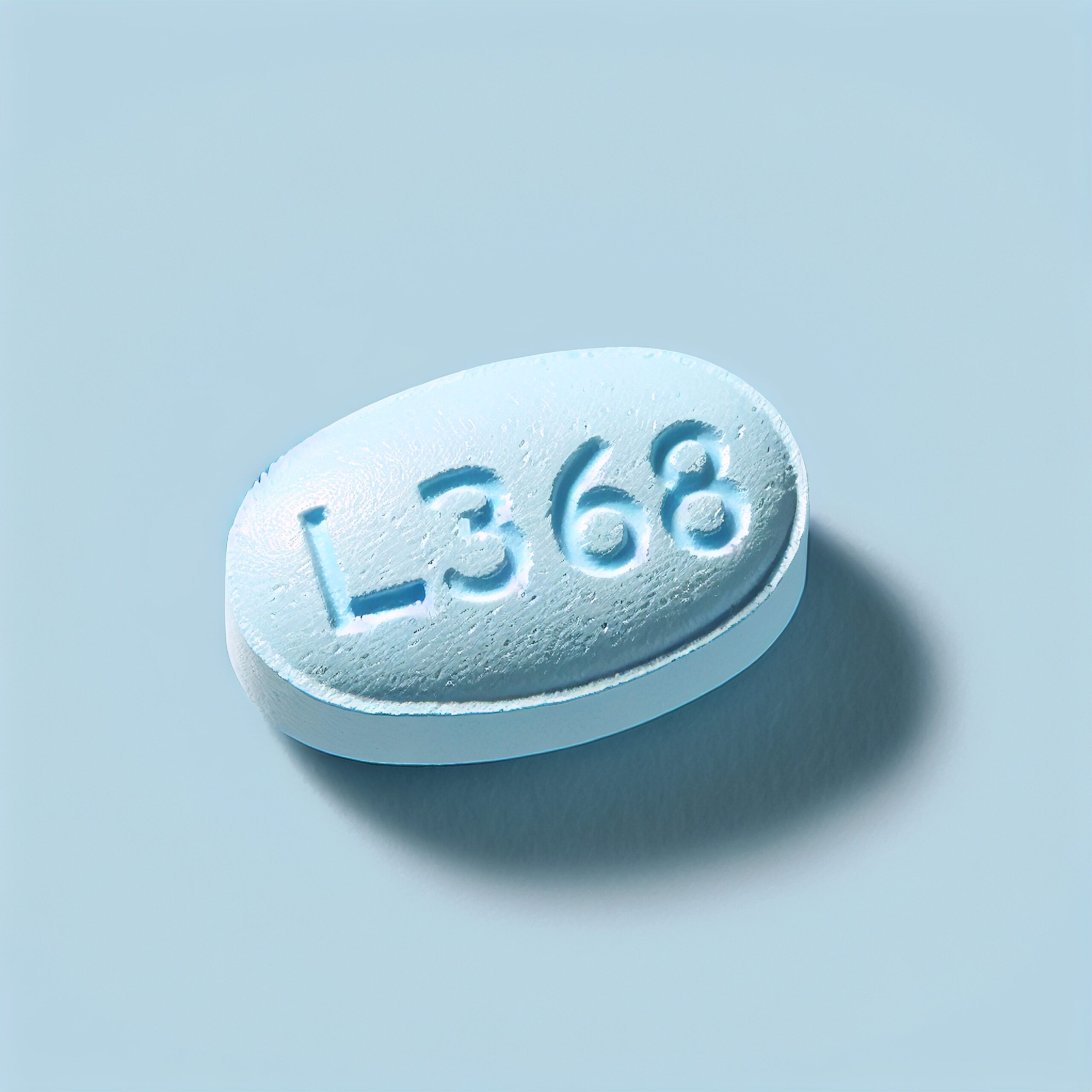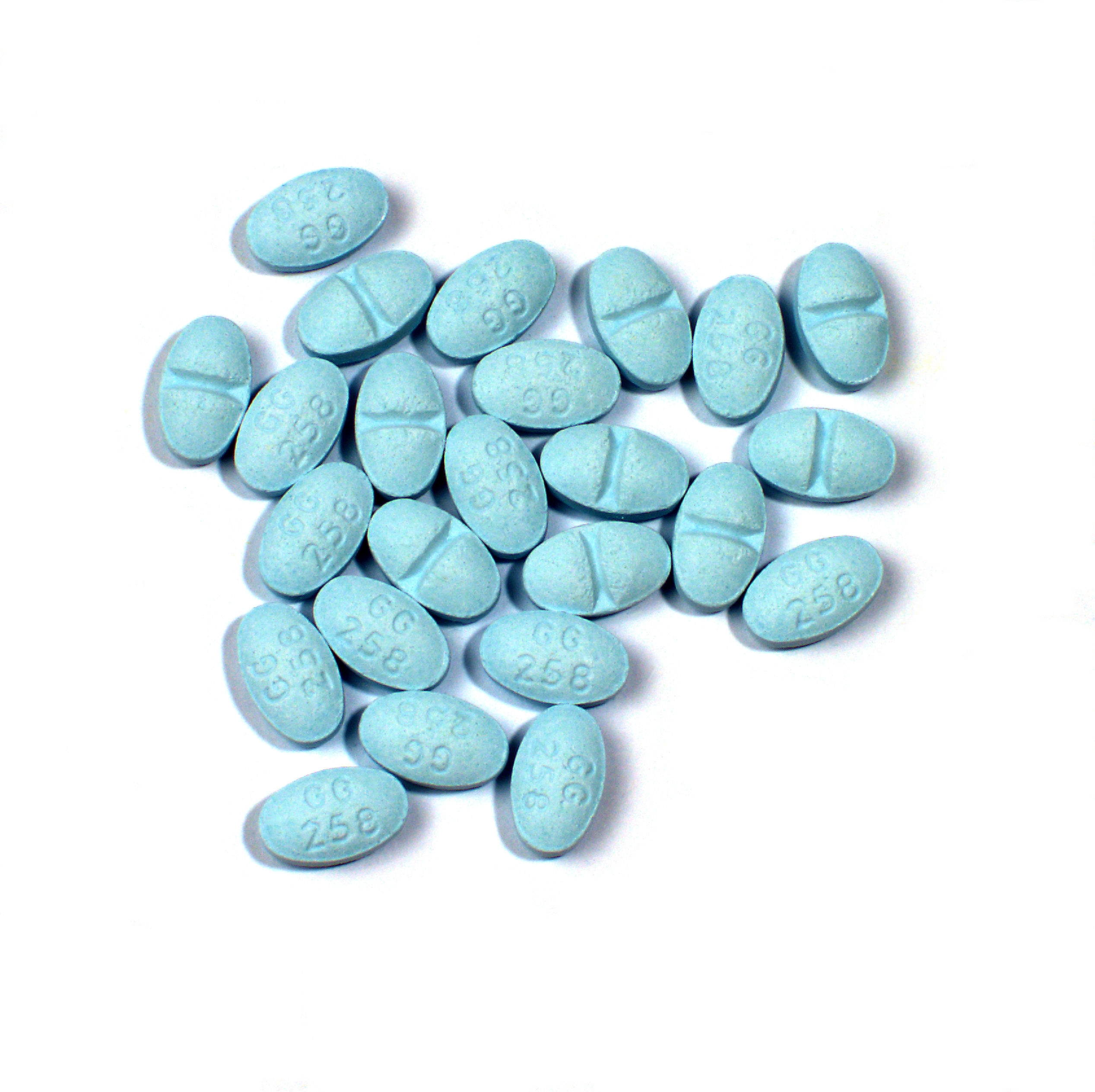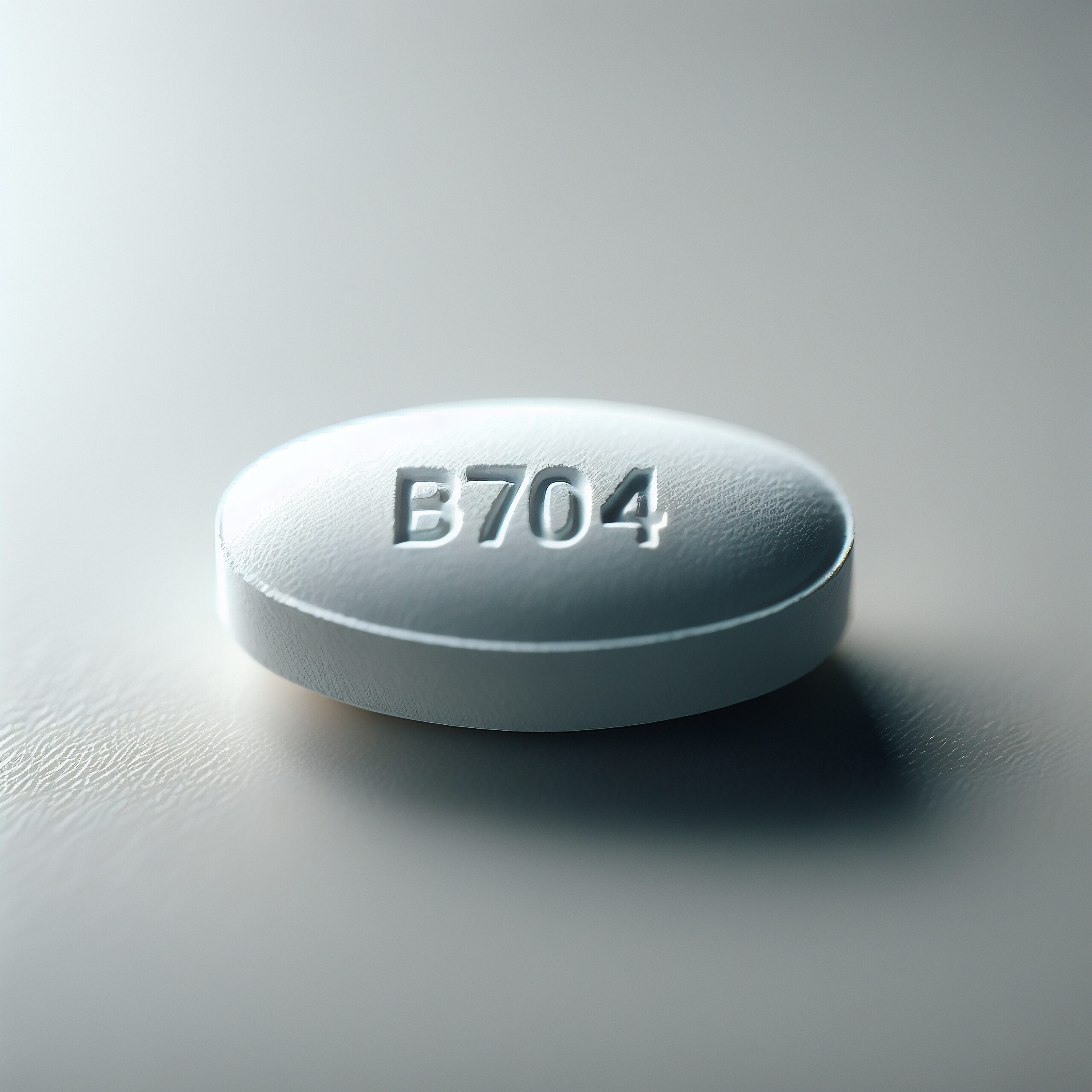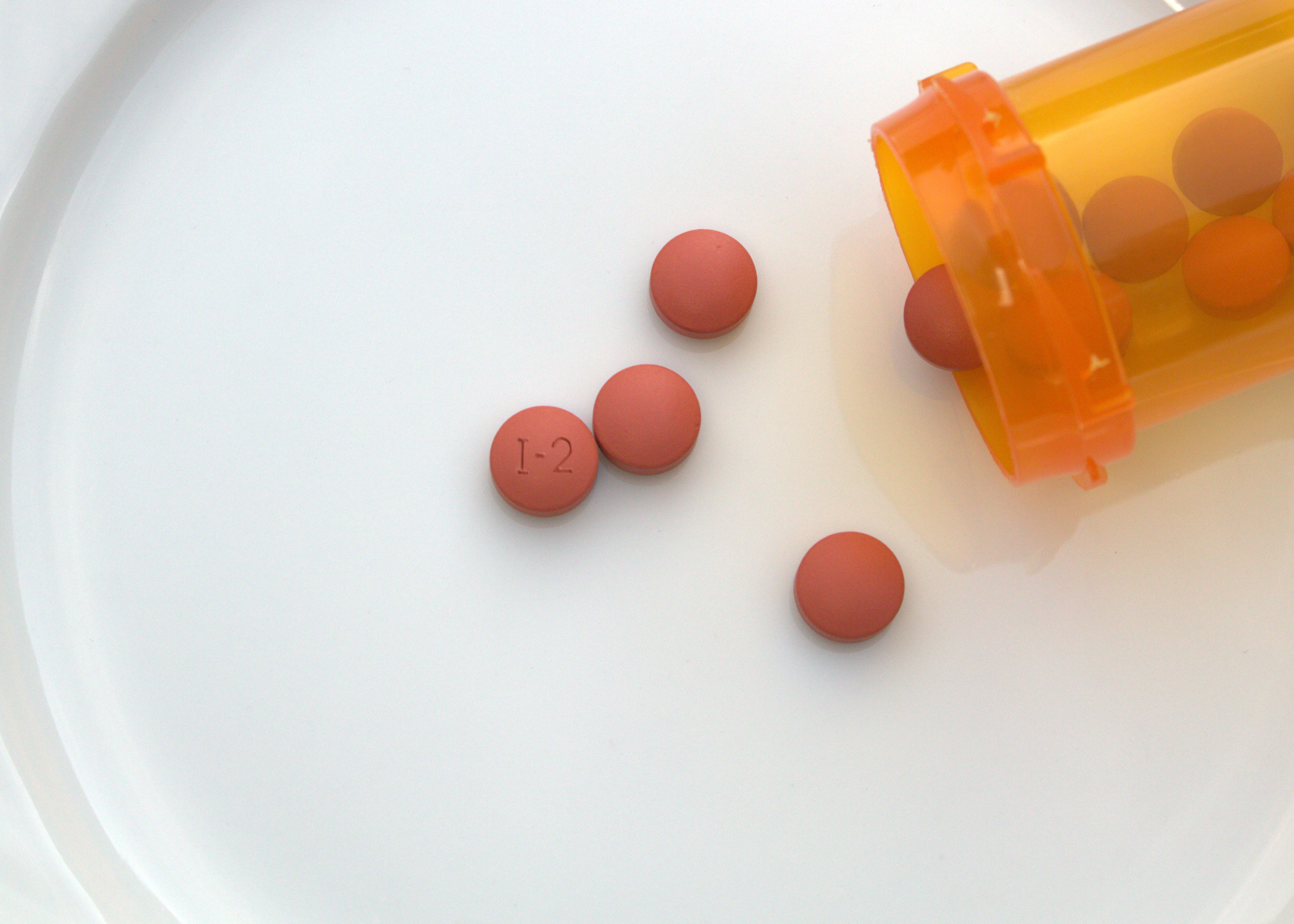Home » What is EtOH? Understanding Ethanol Abuse
What is EtOH? Understanding Ethanol Abuse

What Is EtOH? Everything You Need to Know
EtOH abuse, also called alcohol abuse, happens when a person drinks too much alcohol regularly. Any form of alcohol abuse can be damaging and may lead to dependence and addiction.
Read on to learn more about EtOH and discover how to get effective treatment for addiction – whole-body recovery is possible with the right compassionate care.
What Is EtOH?
EtOH is a medical abbreviation for ethyl alcohol, which is a type of alcohol found in drinks like beer, wine, and liquor. It is also known as ethanol. Ethanol is made from grains, fruits, or vegetables through fermentation. This process turns the sugars in these foods into alcohol. People drink EtOH to relax and have fun, but drinking too much can be harmful and lead to addiction in the form of alcohol use disorder.
What Does EtOH Stand For: Medical Abbreviation Use
EtOH is a shorthand way of saying ethyl alcohol – the alcohol found in beer, wine, and spirits. In the medical world, EtOH is a common abbreviation used by doctors, nurses, and other healthcare workers. Here’s how and why they use it:
Medical records
Doctors and nurses often use the abbreviation EtOH in medical records to save time and space. For example:
- EtOH abuse: This means the patient has a problem with drinking too much alcohol.
- EtOH dependence: This indicates that the patient is dependent on alcohol and may need help to stop drinking.
- EtOH intoxication: This means the patient is currently under the influence of alcohol.
Using EtOH in medical records helps healthcare providers quickly understand a patient’s issues related to alcohol.
Tests and measurements
In hospitals, EtOH is used in tests to measure how much alcohol is in a person’s blood. These tests are important for diagnosing and treating patients who might be drunk or suffering from alcohol poisoning.
- BAC (blood alcohol concentration): This test measures the amount of alcohol in the blood and is often labeled with EtOH.
- Breathalyzer tests: These tests also measure the alcohol level in a person’s breath and can help determine if someone is intoxicated.
Symptoms and diagnosis
When patients show signs of drinking too much, healthcare workers use the term EtOH to describe their condition. This helps in diagnosing and treating alcohol-related health problems.
- EtOH withdrawal: This term is used when a patient is experiencing symptoms from stopping alcohol use, such as shaking, sweating, and anxiety.
- EtOH toxicity: This refers to the harmful effects of consuming too much alcohol, which can lead to symptoms like confusion, vomiting, and even unconsciousness.
Communication among healthcare providers
Using the EtOH medical abbreviation helps healthcare providers communicate more efficiently. It allows them to quickly note and understand alcohol-related issues without writing out long descriptions.
- Patient history: A quick note like “Pt has a history of EtOH abuse” lets the next healthcare worker know that the patient has had problems with alcohol in the past.
- Emergencies: In urgent cases, such as when a patient arrives at the emergency room drunk or with alcohol poisoning, using EtOH helps convey the situation quickly.
Education and training
Medical students and new healthcare workers learn to use EtOH during training. Understanding this abbreviation is important for working in healthcare settings where time is often critical.
Chemical Structure
EtOH, or ethanol, is made of carbon, hydrogen, and oxygen atoms. Its chemical formula is C2H5OH. This means it has two carbon atoms, six hydrogen atoms, and one oxygen atom. These atoms are arranged in a way that makes it a type of alcohol that people can drink.
Properties of EtOH
EtOH, or ethanol, has several key properties:
- Clear liquid: It is a colorless, clear liquid.
- Flammable: It can catch fire easily.
- Solvent: It can dissolve many substances, which makes it useful in cleaning products and medicines.
- Volatile: It evaporates quickly at room temperature.
Common Uses of EtOh
EtOH is used in many ways:
- Drinking: It is found in alcoholic drinks like beer, wine, and liquor.
- Medicine: It is used in hand sanitizers and medical wipes to kill germs.
- Fuel: It can be used as a fuel for cars in some forms.
- Cleaning: It is used in products to clean surfaces and tools.
Effects of EtOH on Your Body
Drinking EtOH can affect your body in many ways:
- Brain: It can make you feel relaxed or happy at first, but too much can cause memory problems and difficulty thinking.
- Liver: Your liver works hard to process EtOH, but drinking too much can cause liver diseases.
- Heart: It can raise blood pressure and cause heart problems if you drink too much.
- Stomach: It can irritate your stomach lining, leading to ulcers or other issues.
The Difference Between Ethanol & Alcohol
Ethanol, also called ethyl alcohol, is a pure alcohol made from grains. It’s used for cleaning and as an antiseptic in this pure form. For example, some hand sanitizers used in hospitals contain 70% ethanol. Doctors use it to kill germs on their hands to keep patients safe.
Uses of ethanol
Ethanol is found in many places like offices, hospitals, and workplaces. It is useful, but it can also be dangerous. Breathing in pure ethanol can irritate your nose, throat, and lungs. It can also cause headaches, nausea, and tiredness.
Drinking alcohol
When people talk about EtOH, they usually mean alcoholic drinks, not pure ethanol. These drinks mix ethanol with other things to make them safer and tastier. The amount of alcohol in a drink is shown as a percentage called ABV (alcohol by volume). This tells you how much of the drink is pure alcohol.
Alcohol content in different drinks
Different drinks have different amounts of alcohol. Here are the average ABV percentages for common alcoholic beverages:
- Beer: 5%
- Wine: 13%
- Brandy: 37.5%
- Gin: 40%
- Scotch: 40%
- Vodka: 40%
- Grain alcohol: 91%
This means that with each sip, a person drinking beer gets less alcohol than someone drinking gin or grain alcohol.
3 Dangers of EtOH Misuse and Binge Drinking
EtOH addiction, or alcohol addiction, can cause many serious problems. Here are four major dangers:
1) Addiction risk
- Body and brain dependence: Drinking too much alcohol can make your brain and body need it to feel normal.
- Increased tolerance: Over time, you may need to drink more and more to feel the same effects.
- Strong cravings: You may experience intense cravings for alcohol that seem impossible to resist.
2) Health complications
Alcohol addiction can damage almost every part of your body. Here are some of the health problems it can cause:
- Liver damage: Drinking too much alcohol can cause liver diseases like fatty liver, hepatitis, and cirrhosis. The liver helps clean your blood. When the liver is damaged, it can’t do its job properly.
- Heart issues: Alcohol can raise blood pressure and cause heart problems like cardiomyopathy (a disease of the heart muscle) and arrhythmias (irregular heartbeat). These issues can lead to heart attacks or strokes.
- Brain damage: Alcohol can change how the brain works, leading to memory problems, difficulty thinking clearly, and even permanent brain damage. It can also cause mental health problems like depression and anxiety.
- Digestive problems: Alcohol can damage the stomach lining, leading to ulcers and gastritis. It can also cause pancreatitis, a painful condition of the pancreas.
3) Possible death
Any form of alcohol abuse can be deadly.
- Overdose: Drinking too much at once can stop your breathing or cause choking.
- Chronic disease: Long-term alcohol abuse can lead to deadly diseases like liver failure, heart disease, and some cancers.
EtOH & Ethyl Alcohol Abuse and Addiction
EtOH, or ethyl alcohol, abuse can lead to many serious problems. Here are some signs and symptoms to look out for.
Signs & Symptoms
Physical signs include:
- Bloodshot eyes: Drinking too much can make the eyes look red and tired.
- Slurred speech: People who abuse alcohol often have trouble speaking clearly.
- Poor coordination: Alcohol affects balance and coordination.
- Weight changes: Drinking a lot of alcohol can lead to weight gain or loss.
- Tremors: Shaking hands or body tremors, especially in the morning, can be a sign of alcohol abuse.
Behavioral signs include:
- Neglecting responsibilities: Ignoring personal and professional responsibilities because of drinking.
- Secretive behavior: Hiding drinking habits or lying about how much they drink.
- Loss of interest: Losing interest in activities and hobbies that they used to enjoy.
- Legal problems: Getting into legal trouble, such as being arrested for drunk driving.
- Financial issues: Spending too much money on alcohol and experiencing financial problems.
Emotional and social signs include:
- Mood swings: Experiencing extreme mood changes, from feeling happy to sad or angry.
- Irritability: Becoming easily annoyed or angry, especially when not drinking.
- Depression and anxiety: Feeling very sad or anxious, often related to drinking habits.
- Isolation: Avoiding friends and family, preferring to drink alone.
- Relationship problems: Frequent arguments or conflicts with loved ones about drinking.
- Change in friendships: Spending more time with people who drink heavily and less time with sober friends.
Health signs include:
- Frequent hangovers: Feeling sick with headaches, nausea, and tiredness after drinking.
- Memory blackouts: Forgetting what happened while drinking.
- Increased tolerance: Needing to drink more alcohol to feel the same effects.
- Withdrawal symptoms: Feeling shaky, sweaty, or anxious when not drinking.
Prevention of Ethanol Abuse
Recognizing the signs and symptoms of EtOH and ethyl alcohol abuse is important for getting help. If you or someone you know is showing these signs, seek support from a healthcare professional or a support group. Early intervention can make a big difference in recovery.
What Does Recovery from EtOH Addiction Look Like?
Recovering from EtOH addiction, or alcoholism, is a journey that involves many steps. All alcohol addictions are different, depending on the severity of the addiction and personal needs.
Detox
Detox is the first step in recovering from alcohol addiction. During detox, the body gets rid of all the alcohol. This can be hard because it might cause withdrawal symptoms like shaking, sweating, feeling sick, or feeling very anxious. Doctors and nurses help keep people safe and comfortable during detox. Health professionals monitor vital signs and provide medications to ease withdrawal symptoms. Detox usually lasts from a few days to a week, depending on how severe the addiction is.
Inpatient treatment
After detox, some people go to an inpatient treatment center. This means they live at the center while getting help. Inpatient treatment includes:
- MAT: MAT (medication-assisted treatment) uses medications that help reduce cravings and prevent relapse. Examples include naltrexone, acamprosate, and disulfiram.
- Counseling: Talking with a therapist to understand why they drink and how to stop.
- Group therapy: Meeting with others who are also trying to stop drinking to share experiences and support each other.
- Education: Learning about addiction and how to stay sober.
- Healthy activities: Doing exercise, art, or hobbies to help build a healthy lifestyle.
Outpatient treatment
Some people might go to outpatient treatment after detox. This allows them to live at home while they go to a clinic or rehab center for help. Outpatient treatment includes:
- Regular therapy sessions: Going to see a therapist or counselor regularly.
- Group meetings: Attending group therapy sessions to share and get support.
- Skill building: Learning new skills to handle stress and avoid drinking.
- MAT: Just like in inpatient treatment, medications can be used to help manage cravings and maintain sobriety while living at home.
Aftercare
After completing inpatient or outpatient treatment, aftercare helps people stay sober. Aftercare includes:
- Support groups: Groups like AA (Alcoholics Anonymous) where people meet regularly to support each other.
- Continued counseling: Keeping up with therapy sessions to deal with new challenges.
- Sober activities: Finding and doing activities that don’t involve alcohol, like sports, hobbies, or volunteer work.
- Relapse prevention planning: Creating a plan with a therapist to handle situations that might trigger a return to drinking.
Sober living
Some people choose to live in sober living homes after treatment. These are places where everyone is working to stay sober. Sober living homes provide:
- A safe environment: A place where alcohol is not allowed.
- Supportive community: Living with others who are also trying to stay sober.
- Rules and structure: Having rules and a structured environment to help maintain sobriety.
- Responsibilities: Residents might have chores and responsibilities to help create a routine.
Tips for staying sober
- Avoid triggers: Stay away from places, people, or things that make you want to drink.
- Build a support network: Surround yourself with friends and family who support your recovery.
- Practice healthy habits: Eat well, exercise, and get enough sleep to keep your body and mind healthy.
- Stay busy: Keep yourself occupied with activities and hobbies you enjoy.
- Reach out for help: If you feel like you might relapse, talk to a counselor or attend a support group meeting right away.
- Mindfulness and stress management: Techniques like meditation, yoga, and deep breathing can help manage stress and reduce the urge to drink.
Get Compassionate Alcohol Addiction Treatment at Gratitude Lodge
Alcohol addiction can be damaging to the person and everyone around them. Luckily, it’s also treatable, and we can help you get back on track at Gratitude Lodge in Southern California.
Stopping alcohol suddenly can be dangerous and even fatal. During supervised detox at Gratitude Lodge, you will have access to medications to reduce withdrawal symptoms and cravings. 24/7 care lessens the chance of complications and helps you through a week or so of discomfort, preparing you for ongoing treatment.
Inpatient treatment at our Newport Beach or Long Beach treatment centers will help you identify what makes you abuse alcohol, and you’ll also learn healthy coping skills for sober living. All alcohol addictions are unique, so treatment at Gratitude Lodge is personalized. Options include:
- Talk therapies
- MAT (medication-assisted treatment)
- Counseling
- Family therapy
- Group therapy
- Holistic treatments
- Aftercare
Reclaim your life from alcohol addiction. Start by calling 800-994-2184.
Want to learn more?
Browse Topics
- ADDERALL ADDICTION
- ADDICTION
- ADDICTION AND HOLIDAYS
- ADDICTION NEWS
- ADDICTION RECOVERY
- ALCOHOL ABUSE
- ALCOHOL ADDICTION
- ALCOHOL AND DRUGS
- DRUG ADDICTION
- DRUG AND ALCOHOL DETOX
- DRUG USE
- FAMILY SUPPORT
- LONG BEACH ADDICTION
- LONG BEACH OPIOID EPIDEMIC
- MARIJUANA RECOVERY
- MEDICAL DETOX
- MENTAL HEALTH
- OPIOID EPIDEMIC
- PETS AND MENTAL HEALTH
- RECOVERY
- RECOVERY GUIDANCE
- REHAB
- SOCIAL ISOLATION
- SUBSTANCE ABUSE
- VICODIN ADDICTION

Not finding what you’re
looking for?
Recent Articles

Everything You Need to Know About Farmapram & the Risks of Mexican Xanax Bars
Begin your journey
to recovery.
team of dedicated, expert staff.



